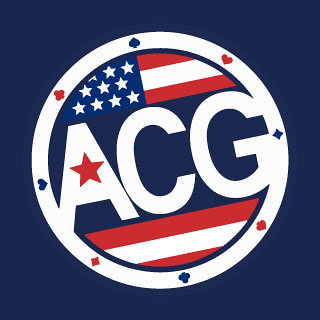The difference between Canadian and American schools is hardly a faceoff– Canada is far ahead of the US. Whenever there are debates about which countries have the best school system, Nordic countries Norway and Finland and Asian dynamos Japan and Singapore come to mind. Silently, Canada has risen to the top tier and overtaken the US. It can stake a solid claim to having one of the best, if not the best education system in the world from a holistic standpoint. Aside from cultural diversity, a few other similarities are shared by Canada and the United States. For one, schools are administered by state/provincial governments with almost no intervention from the federal government. Both also employ a district system led by elected boards. In terms of performance, the difference lies in overall global competence, thus placing Canada at 7th and the United States at 15th. So it is worth discussing which education system is better: Canadian or American? Canada is better than America in that aspect and there is proof.
Comparison of Canadian and American Education Systems
1. The teachers
Canadian education system vs. American education system = Canada’s teachers are far better trained than America’s. It is a must for teachers to have completed a three-year postgraduate degree from a reputable postgraduate institution and a teacher education course worth four semesters. Experience abroad is also a big plus.
Better pay and treatment. It is commonplace for U.S. educated teachers to leave for a higher-paying post north of the border. Fully understanding the demands of the job, the Canadian education system equips teachers with better unionization and job security, which also involve much broader health care and social services.
2. Closing all gaps. While the American education system compared to other countries is still remarkable, it fails at what the Canadian education system consistently succeeds at – priority-oriented funding among school districts to ensure that no one is left behind. In the United States, there is a striking gap in the calibre of education between public and private schools. Provincial governments in Canada take initiative in maintaining the high quality of education and only increase spending in communities that are in greater need or for improvement. As a result, the gap between high performing and low performing students remains little.
3. Collaborative effort. In contrast to the American education system, the Canadian education system is not headed by a federal level Department of Education. Canada’s ten provinces and three territories each exercise self-responsibility and have their own representatives (Minister) in the education sector. While these 13 Ministers do regularly convene, they do not embrace a universal curriculum due to the distinctiveness of each state and territory’s ethno-cultural makeup. This approach is instrumental to Canada’s status as one of the best-educated and most well-rounded citizenries in the world.
4. Strength in diversity. The Canadian approach with respect to educating all population groups is steadfast. Recognizing the educational attainment gap between native (referred to as Aboriginal or First Nations) and non-native population and the former’s population growth rate, there is increased emphasis on bridging the gap. Whether it is the presence of schools in reserves for Aboriginal peoples or increased assimilation of migrant students and their families into mainstream Canadian culture, the federal government lives up to the country’s status as a melting pot. Canadians, natives and non-natives alike, positively assert that Canada is more of a mosaic than a melting pot, enforcing the belief that the Canadian education system, as well as the country’s role as global power, becomes even stronger by converging native and migrant cultures for all Canadians to learn and benefit from. Hence, cultural differences only lead to greater cultural sensitivity. When it comes to utilizing ethno-cultural diversity for the overall advancement of its citizens, Canada is better than America.
5. Lower cost. Whereas the best Canadian universities and the best American universities consistently rank among the world’s top performing institutions, in which admission and scholarship require help from a top scholarship essay writing service, there is one glaring difference between Canadian and American universities – cost. Typically, a Canadian student at a Canadian university shells out only approximately $6,000 CAD a year. On the other hand, the median private university tuition in the United States is $35,000 CAD a year. For their part, international students have to pay around $12,000 to $20,000 CAD a year in Canadian universities which still pales in comparison to the average tuition cost in US universities. The catch? Most and the best Canadian universities are public and the best American universities are private. And thanks to the current value of the Canadian dollar, the cost of living in Canada remains lower than in the US.
6. Hotspot for international students. The vast gap in tuition cost remains the most conspicuous difference between Canadian and American universities. This explains the huge increase in the population of international students in Canada. And while the population of international students in America is still greater than that of Canada, the annual growth rate has remained somewhat stagnant, owing to tightened restrictions on student visa limitations. As for Canada, it has fully embraced its status as a global player in higher education for international students. From 2017 to 2018, the number of international students increased by 35%. In contrast to the US which currently does not have very welcoming policies for international students, Canada continues on. It has ramped up its appeal by offering postgraduate working permits and a vast array of opportunities for permanent residency.
Which education system is better: Canadian or American? Canada is better than America when it comes to education. The quality of Canada’s education can be attributed to a combination of political stability, ethno-cultural diversity, cultural sensitivity, and the consistent and relentless aim of providing for the population’s well-being. Canada is proof that a well-educated citizenry easily translates to a harmonious, thriving country.






